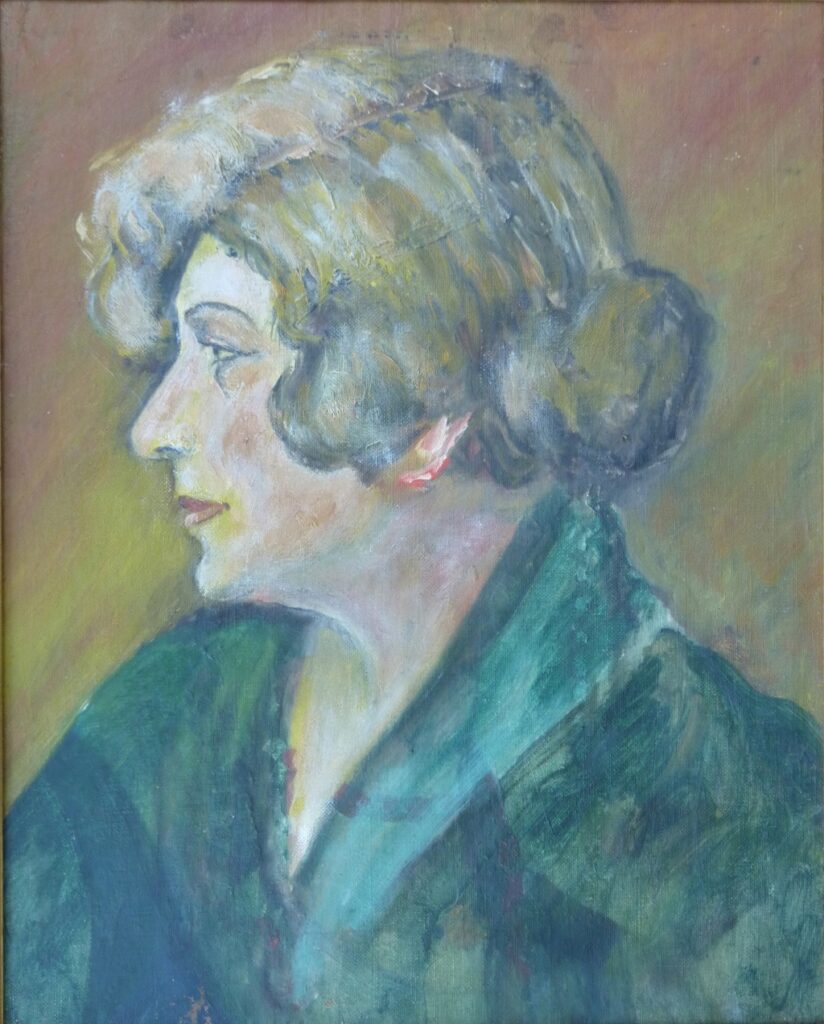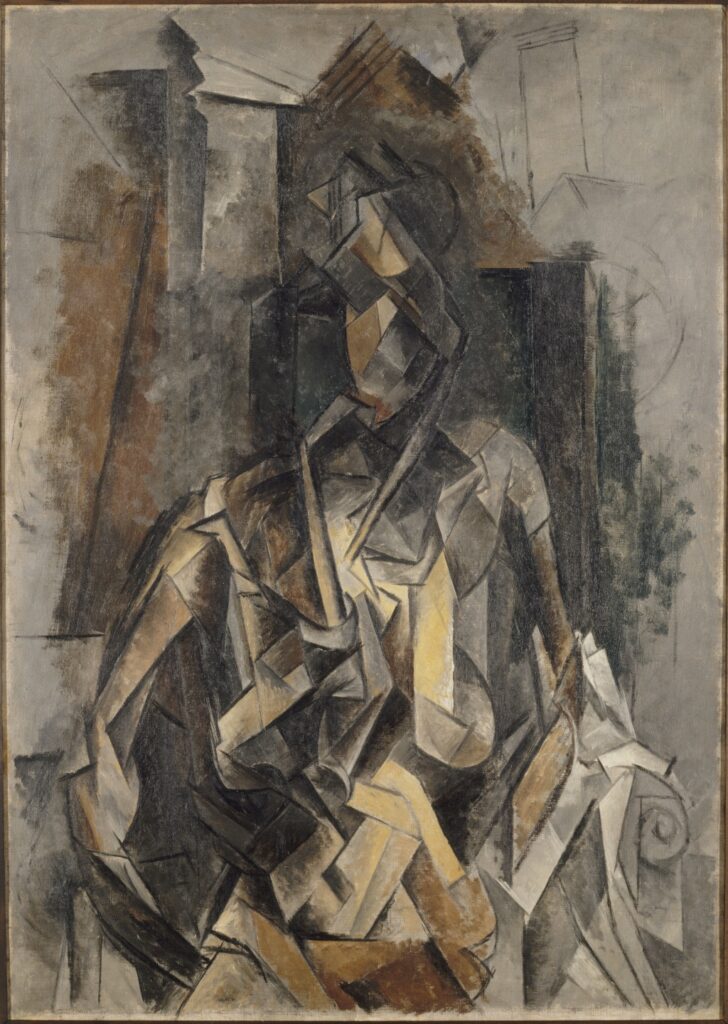
Fernande Olivier (1881-1966), one of the many serial women in Pablo Picasso’s long life, started her career as an artists’ model in Paris after running away from an abusive husband, whom she had been forced to marry after he raped her. She ended up living in a tumultuous relationship with Picasso for seven years, from 1905 to ’12, and was for a time one of her lover’s favorite subjects.
While Picasso and other artists were observing her for their paintings, she was observing them back. In the 1930s, she recorded her memories of their adventures in a series of articles that led the by-then-successful Picasso to hire lawyers to stop their publication (eventually published in book form as Picasso et Ses Amis (Picasso and His Friends). Late in life, when she was destitute, she managed to get Picasso to pay her a yearly stipend in return for a promise to not publish her journal (Loving Picasso: The Private Journal of Fernande Olivier) until they were both dead.

Now, a new exhibition at the Musée Montmartre, “Fernande Olivier and Pablo Picasso: In the Intimacy of the Bateau Lavoir,” brings those wild years back to life with paintings, photos, documents and plenty of quotes from Olivier’s lively memoir, prefaced by critic Paul Léautaud, who admired her writing.
Olivier was an artist herself, and the exhibition begins with a few of her paintings, including “Les Trois Vierges” (c. 1935), a 1935 self-portrait and a sketchbook of her drawings. They show that she had talent, although it never developed into a career for the woman described as the “Belle Fernande” by various writers. She expressed her disdain for this appellation in her first book: “My only value in their eyes was physical. What did they know about me?”

The show then turns to works by Picasso, from the famous etching “The Frugal Meal” (1904) to the many portraits of Olivier, beginning during his Rose Period and continuing through his “primitive” phase, until her image became increasingly fragmented as he developed the Cubist style. Of Cubism, whose invention and elaboration she witnessed, she wrote, “Anyone who has not lived in Spain – in Andalusia, Catalonia, Galicia or Aragon – cannot understand how Picasso came to this new form of art ‘catalogued’ as Cubism by critics who did not understand it.”
There are also portraits of Olivier by numerous other artists from the couple’s circle during the time they lived in the Bateau Lavoir years, when Olivier was often locked in by the jealous Picasso when he went out, but where they lived an exciting life amid the miserable little art studios populated by, among others, poet Max Jacob and artist Kees Van Dongen, who often painted Olivier after she left Picasso.
The show also includes a charming series of 20 lithographs by Van Dongen depicting the scene in Montmartre at the time: street singers; the Bateau Lavoir; a concert at the Lapin Agile cabaret; Fernande Olivier and Picasso sitting on a café terrace surrounded by Van Dongen, Guillaume Apollinaire and Max Jacob; and even a rabid cow terrorizing the neighborhood.
A few works by artists Olivier knew, including Andre Derain, Henri Matisse, Marie Laurencin, Henri Rousseau and Suzanne Valadon round out the show, which ends with portraits of her by some of them.
In spite of it all, Olivier remained an admirer of Picasso and remembered the Bateau Lavoir years as the happiest of her life, in spite of its many ups and downs.
Favorite
I spent hours in this exhibition which I think was the highlight of the Fall season.